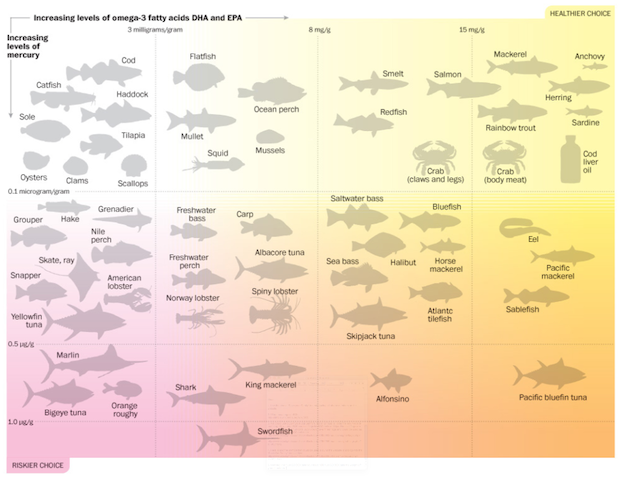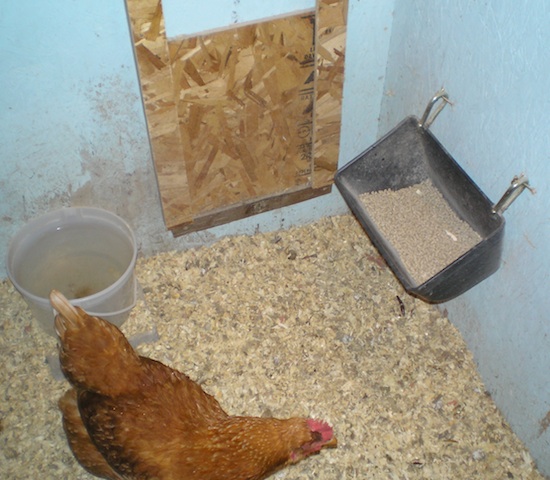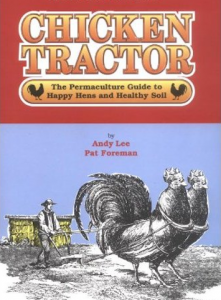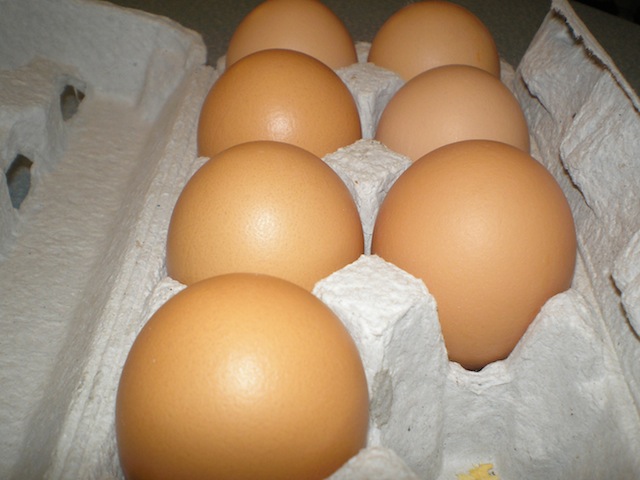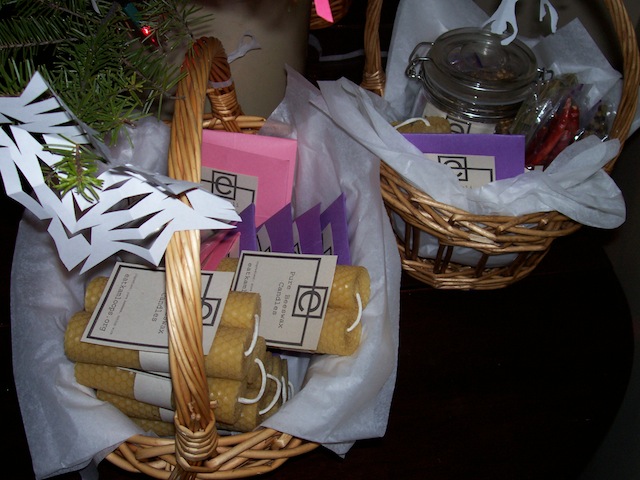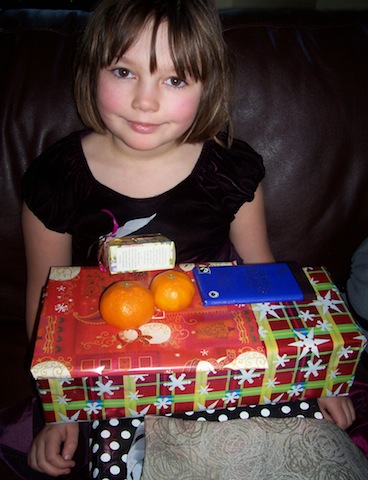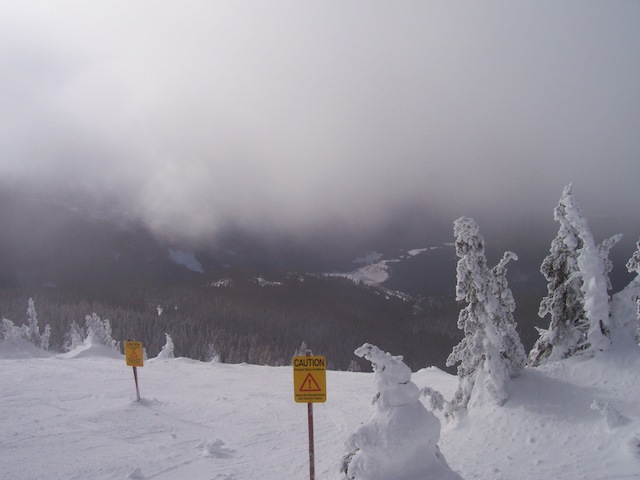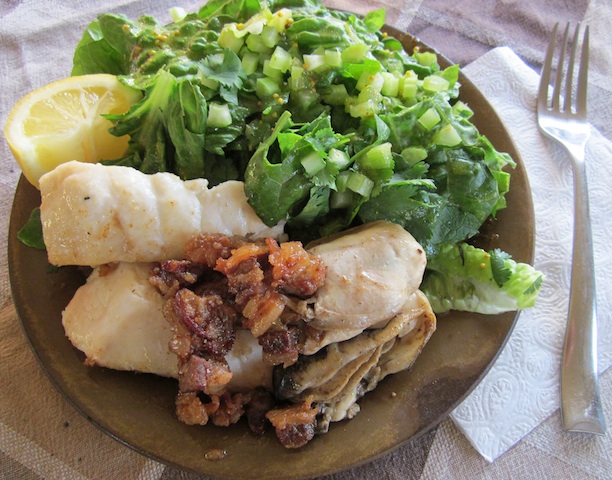
Here is my seafood feast of halibut and oysters both fried in pastured lard and topped with chopped pork belly from our pigs. The cilantro and celery salad is topped with homemade mustard seed dressing. If you are concerned about environmental contamination, having healthy gut flora is your first line of defense. The herb cilantro assists your body in removing heavy metals.
A month ago we had a busman’s holiday to Vancouver Island, BC. I wanted to take the opportunity to source some seafood from local suppliers. I found a number of sources I would like to share.
On our trip up island, Shaen and I stopped for breakfast at Mac’s Oysters in Fanny Bay, BC. We heated up our barbecue. We have found using a cast iron fry pan on the grill of the barbecue works well for frying eggs or oysters in Gort’s Gouda butter. (Yes, Gort’s Gouda is now making grassfed butter and we have it in stock.) We finished off the meal by lightly grilling some grassfed rib steaks from home. What a delicious breakfast. We bought 2L of Mac’s Oysters and feasted on oysters for days.
One of my daughters loves tuna but I am unhappy with the quality of the products I can get locally. As I was searching the internet I hit on Estevan Tuna which works out of Courtney, BC. They produce a whole line of canned Albacore Tuna which is processed in Nanaimo, BC at St Jean’s Cannery. St Jean’s Cannery has its own line of products too. What caught my eye about Estevan Tuna was they have canned tuna in certified organic extra virgin olive oil and sea salt. I talked to the fisherman about contamination and he told me that Albacore Tuna is considered safe at any quantity. He thought it was because Albacore Tuna are much smaller and harvested at a younger age.

St Jean's Cannery is one of the last remaining canneries that does custom canning and smoking for sport fishermen. They also have their own line of canned seafood. Canned sockeye salmon is one of my favorite emergency foods. They are having a case sale on sockeye salmon right now.
Estevan Tuna also sells frozen-at-sea Albacore Tuna steaks. Shaen is very picky about fish and freshness. The fisherman gave us some frozen fillets which we ate raw later. The fish was fabulous. Shaen was so excited that he is planning to get some dry ice next trip and bring back the frozen Albacore Tuna fillets.
Our last seafood feast came from Shaen’s mother. Sarah is a very frugal householder and loves seafood. She mantains a crab trap in Pedder Bay, BC. When she was checking her crab trap, a fisherman came in with a 150 pound halibut. Sarah asked if she could take the waste materials. The fisherman gave her the head, offal, and skeleton. It is very unfortunate that our society doesn’t value these “waste parts” of the fish. Only the fillet is considered marketable.
I was so glad my girls got to see Sarah salvage the fish. When Sarah got home, she cut out the meaty cheek from the Halibut and cleaned off the extra meat. She salvaged about 20 pounds of meat. Then she made fish broth with the bones and offal. She decided to bury the fish head under a young Monkey Puzzle tree that she needed to plant. When we returned from up island we had an additional feast of halibut and crab.
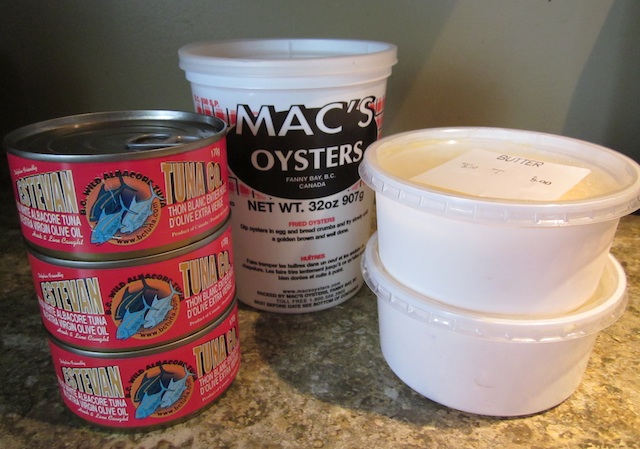
Highly nutritious food isn't cheap. Estavan Tuna in organic olive oil and sea salt is $4.75 per 170g can. Mac's Oysters are $12.00 per liter. Gort's grassfed butter is $6.00 per 250g container. It's sad that many people will pay $5.00 for a specialty coffee but $6.o0 for butter seems expensive.
Last winter we were looking for whole wild sockeye salmon. We found a Community Supported Fishery (CSF) working out of Vancouver, BC. Skipper Otto’s Community Supported Fishery is the only CSF in Canada. Due to restrictive processing regulations they can’t even vacuum pack the fish to make it last better. We got the frozen fish in the whole, but Shaen wasn’t happy with the freshness. In the future, we will make a special trip to the lower mainland and pick up the fresh whole fish. It makes me sad when food regulations become so onerous that people can’t even do basic processing to make the food last better.

